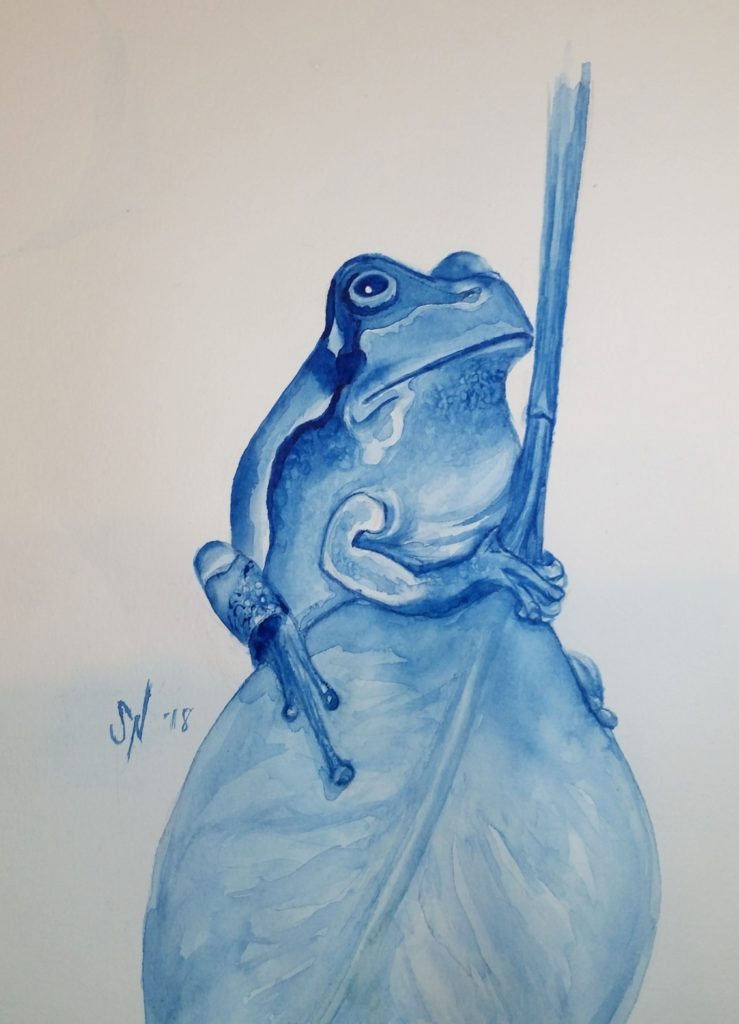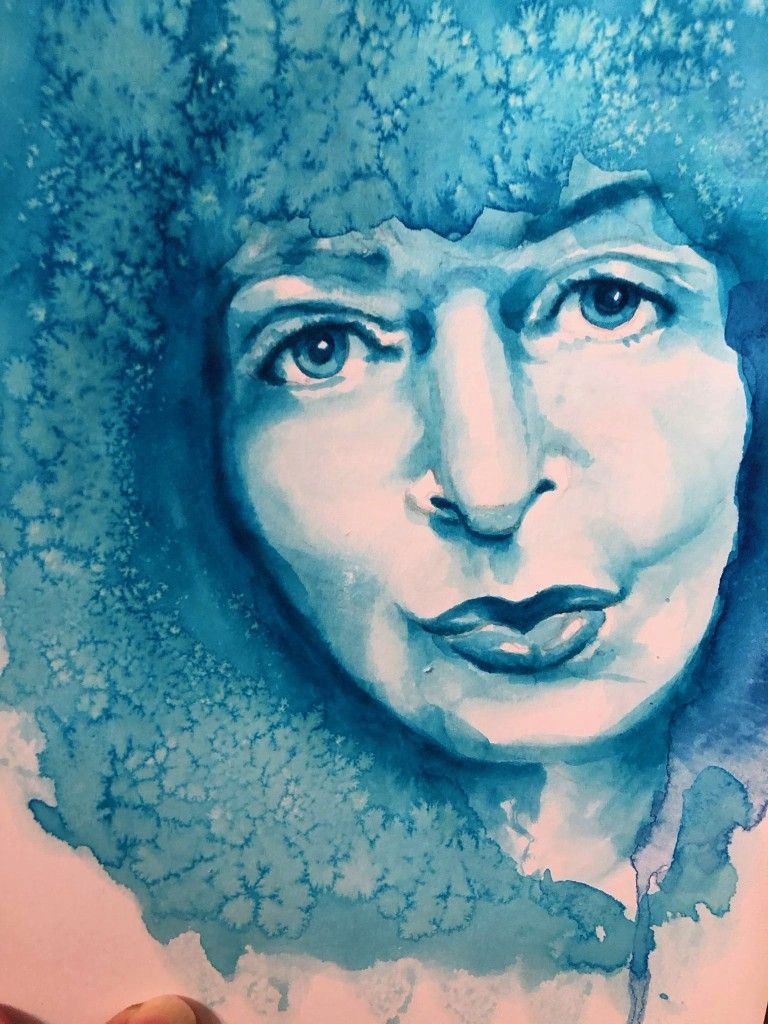Monochromatic colors are all the colors (tones, tints, and shades) of a single hue.

Example of a monochromatic color scheme
Monochromatic color schemes are derived from a single base hue and extended using its shades, tones and tints. Tints are achieved by adding white and shades and tones are achieved by adding a darker color, grey or black.

Monochromatic color gradient on color wheel
Monochromatic color schemes provide opportunities in art and visual communications design as they allow for a greater range of contrasting tones that can be used to attract attention, create focus and support legibility.
The use of a monochromatic color provides a strong sense of visual cohesion and can help support communication objectives through the use of connotative color. The relative absence of hue contrast can be offset by variations in tone and the addition of texture.
Monochromatic in science means consisting of a single wavelength of light or other radiation (lasers, for example, usually produce monochromatic light), or having or appearing to have only one color (in comparison to polychromatic). That means according to science the true monochromatic images can be strictly created only of shades of one color fading to black.
















